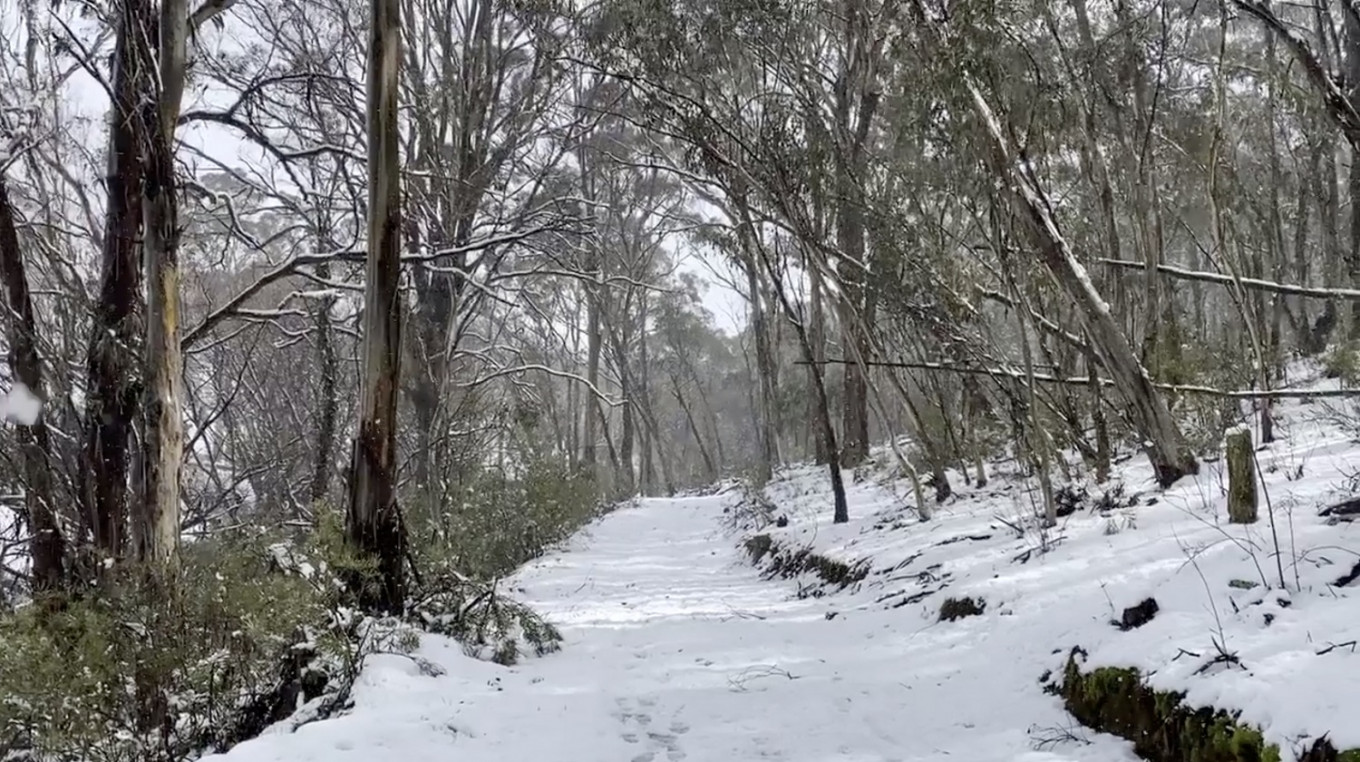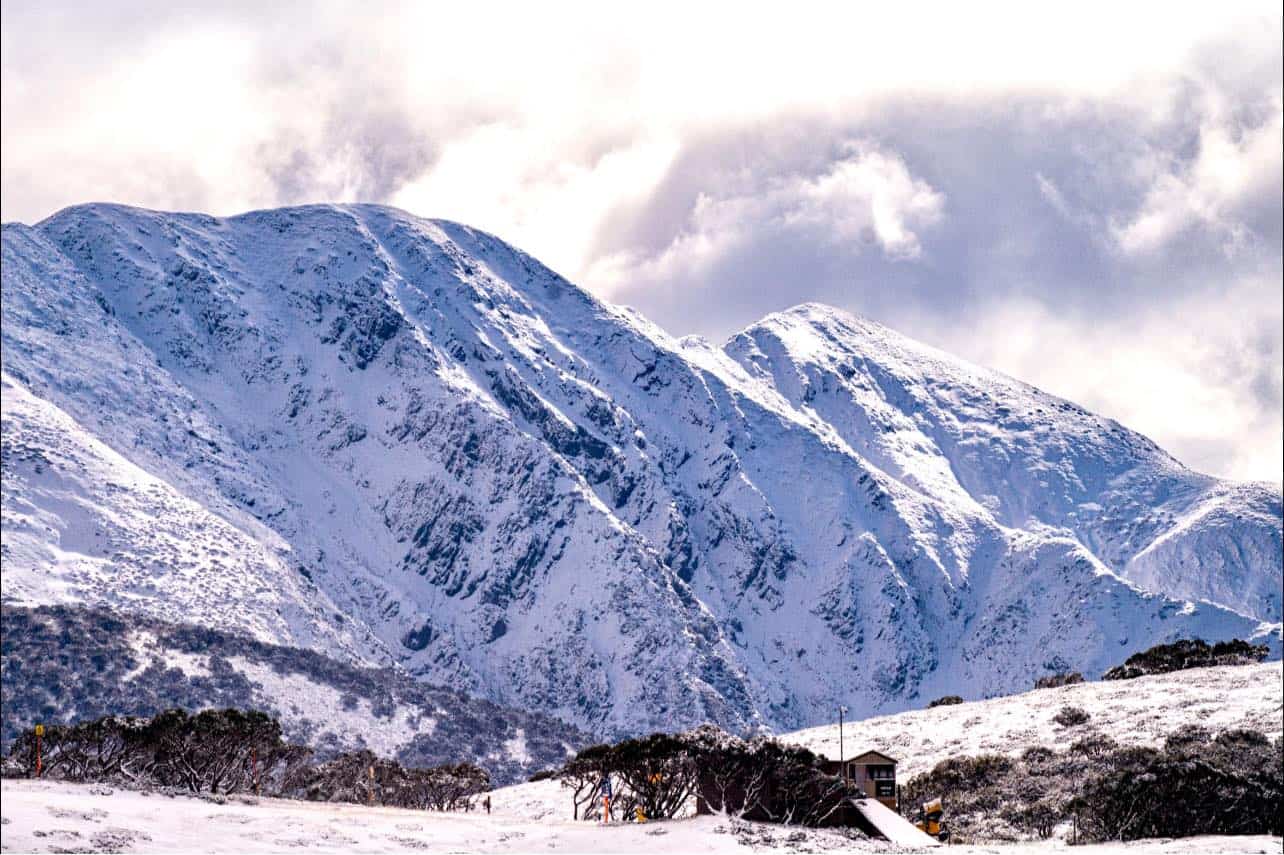Find Out About the Locations That Regularly See Snow In Australia During the Chilly Periods
Find Out About the Locations That Regularly See Snow In Australia During the Chilly Periods
Blog Article
The Various Kinds Of Snow in Australia and Their Effect On Winter Sports
Australia, recognized for its sun-soaked beaches, is likewise home to a diverse array of snow conditions that significantly affect winter sporting activities. Each kind, from the wet coastal snow to the dry interior powder, offers special challenges and benefits for athletes. An understanding of these variants is necessary for those seeking to navigate the Australian slopes, as each calls for various strategies and resilience. The adhering to exploration will discuss the effects of these snow kinds on wintertime sports efficiency.

Comprehending the Qualities of Various Snow Kinds
While many assume that snow is a homogeneous entity, it is important to understand that there are various kinds, each with one-of-a-kind attributes. In Australia, these variants are especially pronounced due to climatic variety. Coastal snow, found in locations such as the Snowy Mountains, is commonly wetter and denser as a result of high wetness web content, making it ideal for snowball fights or developing snowmen. On the various other hand, the snow located in the interior regions like the Australian Alps is drier and lighter, often contrasted to a cosy powder. These differences in snow kind aren't just aesthetic; they significantly impact wintertime sporting activities, determining the ease of movement, the speed achievable, and the degree of control needed from professional athletes.
The Impacts of Powder Snow on Snowboarding and Snowboarding
Regardless of its light and cosy look, powder snow in the Australian Alps offers both one-of-a-kind obstacles and chances for winter months sporting activities lovers, particularly those involved in snowboarding and snowboarding. The smooth and forgiving surface area of powder snow also lowers risk of injury throughout falls, making it a recommended choice for severe winter sports.

The Obstacles and Benefits of Packed Snow in Winter Season Sports
Moving focus from the loosened, completely dry powder snow, another common kind of snow in the Australian Alps is stuffed snow, posing its own set of difficulties and benefits in the world of winter season sporting activities. This denser, extra solidified form of snow offers a quicker, slicker surface area, benefiting sports like downhill winter sports and snowboarding, enhancing rate and precision. Nonetheless, the same features additionally existing challenges. Its tough surface area can be risky, increasing the possibility for injuries during drops. Controlling check over here and navigating turns speed can be tough on packed snow, requiring greater skill degrees from professional athletes. In spite of these challenges, loaded snow remains an essential aspect in many winter sports, shaping the efficiency and approaches of professional athletes.
The Role of Wet Snow in Australian Winter Gamings
In contrast to the dense, glossy surface of packed snow, wet snow plays a completely different function in Australian winter months games. Does Australia Get Snow. Its malleability makes it suitable for snow sculpting events and for fortifying snow structures in sports like snow ft battles.

How Slushy Snow Influences Wintertime Sports Efficiency
Continuing the exploration of varying snow problems in Australia, the impact of slushy snow on wintertime sports is an additional interesting element. Slushy snow, arising from warmer temperature levels or direct sunshine, presents one-of-a-kind obstacles to professional athletes. It reduces speed and needs boosted physical effort as the tools sinks into the soft, water-saturated snow. In winter sports and snowboarding, slushy problems can impact the predictability of turns and dives, increasing the danger of accidents. For snowmobiling, the machine's efficiency might be prevented as it struggles to maintain grip. find out here Hence, slushy snow changes the winter months sporting activities landscape, demanding not only increased physical exertion from athletes however likewise a better focus on security precautions.
Adjusting Winter Sports Techniques to Various Snow Conditions

Conclusion
In conclusion, Australia's diverse snow types considerably influence winter months sporting activities efficiency. Each type, from the glossy seaside snow to the drier interior powder and the hefty, sticky wet snow, provides unique difficulties and advantages.
Moving focus from the loose, dry powder snow, one more common kind of snow in the Australian Alps is packed snow, positioning its own collection of difficulties and advantages in the realm of winter months sports - Does It Snow In Australia.In comparison to the dense, slick surface area of stuffed snow, wet snow plays a completely various duty in Australian wintertime games. Its malleability makes it excellent for snow sculpting events and for strengthening snow structures in sporting activities like official statement snow fort battles.Proceeding the exploration of varying snow conditions in Australia, the effect of slushy snow on winter months sporting activities is another fascinating element. Each type, from the glossy seaside snow to the drier indoor powder and the heavy, sticky wet snow, provides unique obstacles and benefits
Report this page